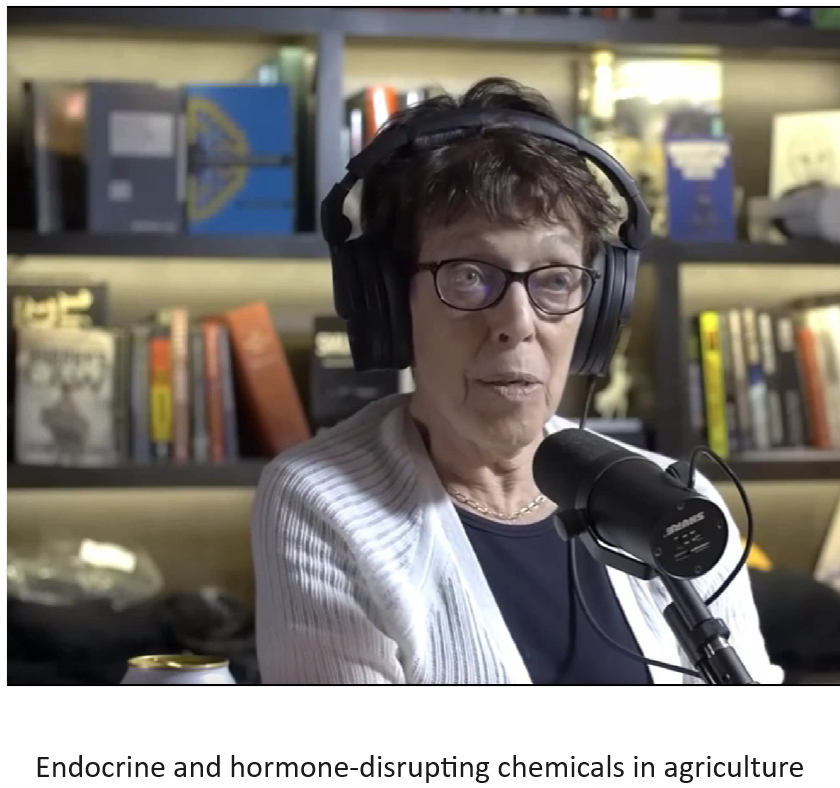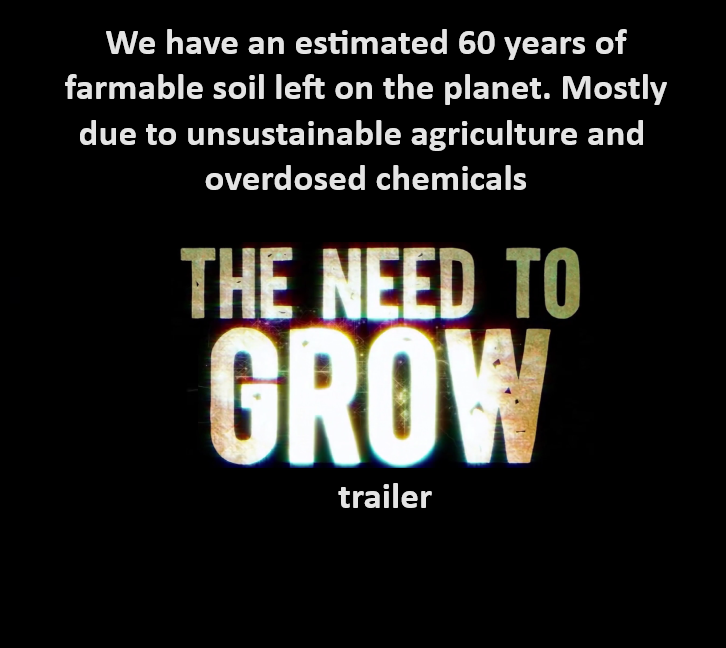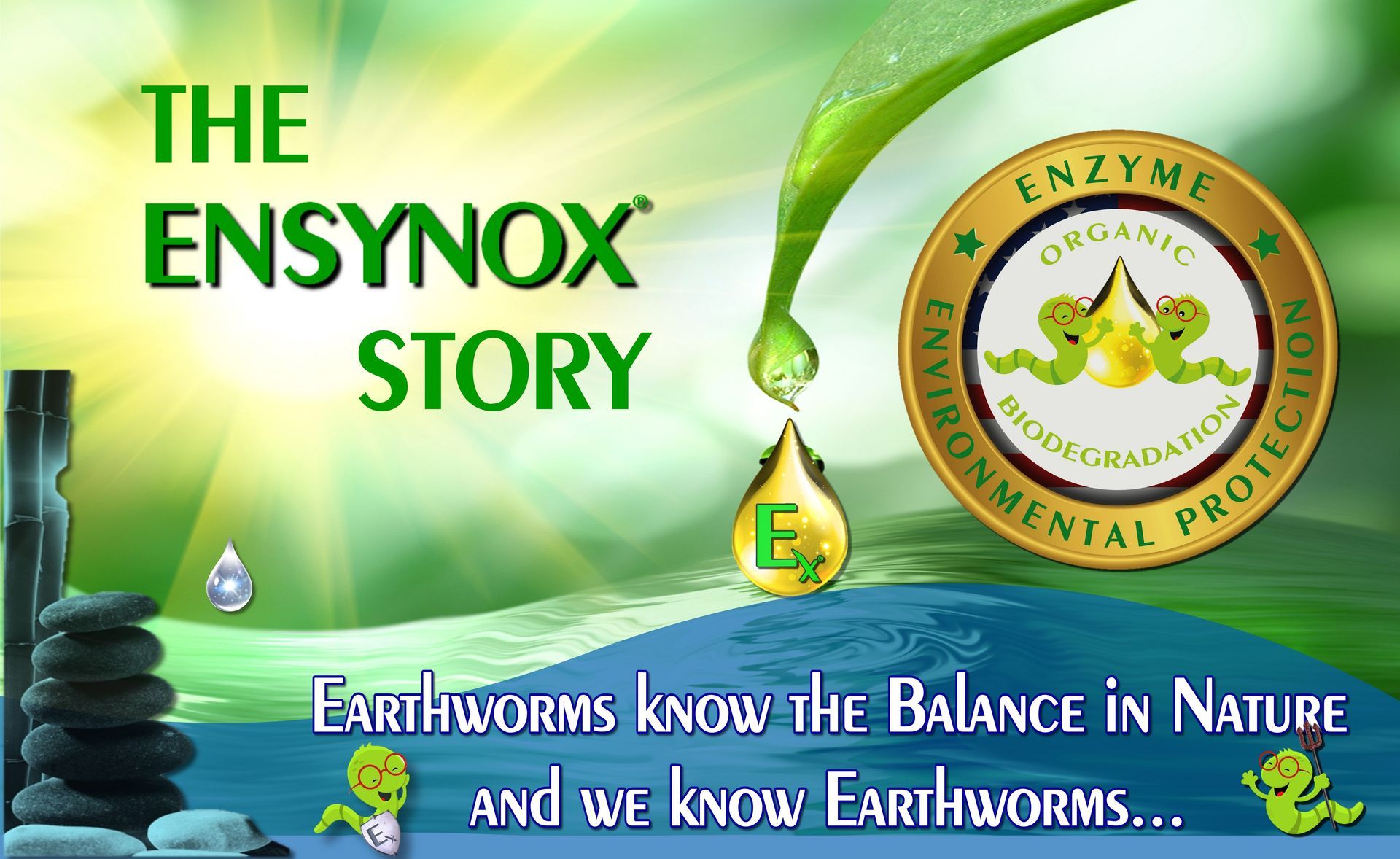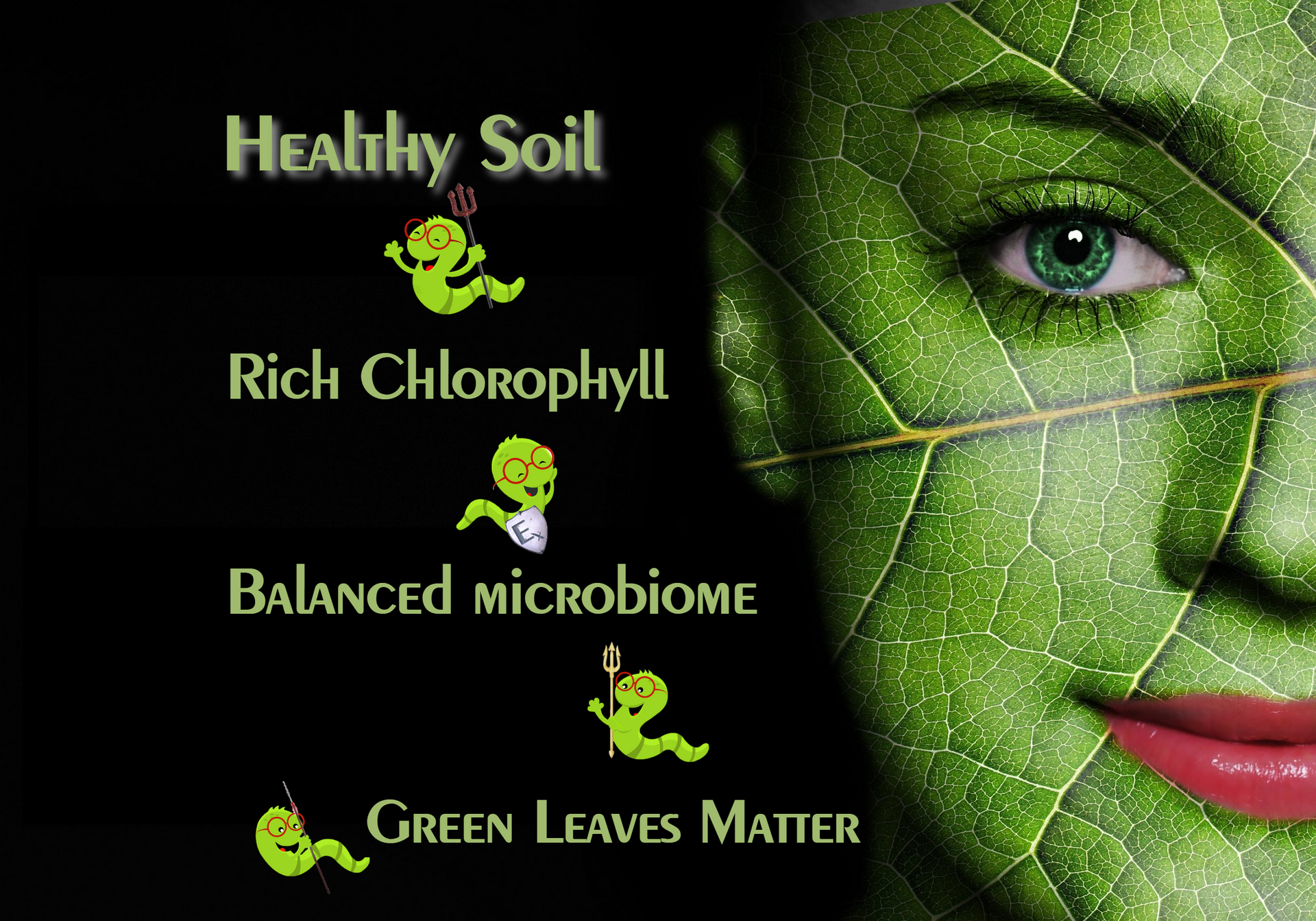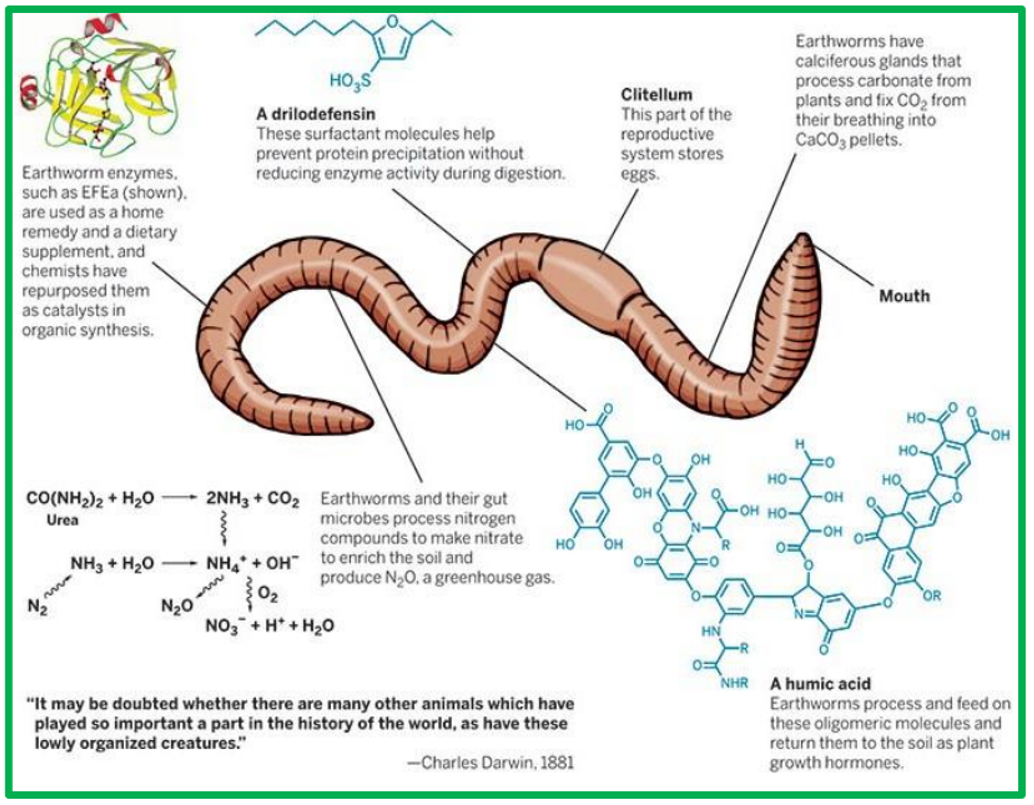THE Ex-CHANGE
The Countdown. The Downward Spiral. The PROBLEM.
The problem we address is no less than the crisis related to climate change.
However, our success will provide a significant solution not only for protecting human health and planetary health, but we will also make a great contribution to the fight against climate change.
The importance of healthy soil, healthy plants, food safety, and high nutritional value is equivalent to climate safety, and carbon management, and we offer fundamental solutions for all of them.
The healthy products and food chain produced by agriculture are one of the most important things for humanity. In the same way that we want to transfer energy production to renewable energy to reduce fossil fuel consumption and CO2 emissions, it is equally important to reduce and
replace toxic substances with organic, safe solutions that correspond, to and support the scale of industrial production.
The future of humanity is at stake. It is a relatively new but confirmed science, and we are starting to understand, that early life exposures can change the configuration of our chromosomes, the DNA, and our endocrine and hormone systems disrupts. It is all mainly related to toxic chemicals (pesticides, herbicides, fungicides,
PFAS, DDT, PCB, etc.) used in agriculture up to date. This is, where we stand out from the crowd, and provide unparalleled natural solutions, provide effective and safe alternatives in regenerative agriculture.
Special thanks to
Dr. Shanna Swan Ph.D. and her team for the amazing series of groundbreaking research regarding the hazardous effects and consequences of pesticides and synthetic chemical substances used in agriculture for males, furthermore human and animal genomes. The full podcast video is
available here.
Rob Herring, Ryan Wirick and their team for the amazing eye-opener documentary
"The Need to Grow".
The full movie is
available here.
ENSYNOX ORGANIC EARTHWORM ENZYME IN AGRICULTURE
What if we told you... We do have a solution, which is not just to solve the problem in the short-term, but to create the highest level of regenerative agriculture. Where the soil and the plants thrive for years to come, save on chemicals, and increase profitability, yield, volume of crops, nutritional value, and contribute to human and planetary health.
Ex (Ensynox) is The NExT big thing in sustainable agriculture and climate solutions.
Ensynox (Ex) is an unparalleled nature-based solution in agriculture, and soil carbon sequestration in climate tech. It elevates the sustainable land management to the
NEXT LEVEL when we are talking about regenerative agriculture, and effective, sustainable soil carbon management.
Ensynox will be introduced to farmers in 2024.
In today’s world, when
human health, planetary health, and climate goals require sustainable practices and land management in agriculture, we introduce our nature-based organic enzyme as a cutting-edge technology and product, that supports multiple goals.
Is Ensynox the ultimate solution in agriculture?
We may say: yes, it is because everything is about healthy soil. Synthetic fertilizers, pesticides, and harsh chemicals are alien bodies to the soil, and nature does not recognize its components. They can be effective for different problems at some point, but the thing is, they leach the microbial content of the soil, and the productive layer of the soil degrades. Farmers end up applying a high volume of different chemicals, and the crop will be dependent on it, and the soil's ability to react to extreme weather challenges drops drastically. The conclusion is: the conventional land management practices are not regenerative, not sustainable, and put the planetary and human health in risk. There is no such effective and safe nature-based product on the market than Ensynox. Our soil amendment enzyme product not only regenerates and balances the microbial content, and the natural ecological balance in the soil for the long term, but increases the immunity, the volume and health of the crop, and the nutritional value as well.
Besides Ensynox helps farmers in
productivity, and profitability, and makes a “must-have” product in the industry,
it supports them to gain additional revenue on the carbon market. Because the carbon management capability of the soil can be measured, and driven by a healthy microbiome and balanced soil.
History of the earthworm enzymes
People usually know gardeners use earthworms to clean up the soil when it gets toxic, and they want to make it fertile. Also, the Chinese pharma uses earthworm extracts for thousands of years, in some cases as a straight medicine. Well, now, we invented the earthworm's liquid formula.
Ensynox organic enzyme was discovered, created, and developed in early 2000. Originally, it was designed for cleaning the soil, making it fertile, first of all, for agricultural use, because the earthworm-produced living enzyme culture has a huge positive impact on soil.
But when we developed the natural liquid formula of the earthworm’s enzymes, which has effective detoxification, antibacterial, and overall regeneration capability, we also discovered it has a strong problem-solving capability in natural environments. We kept working tirelessly and produced and tested different decontamination formulas of Ensynox which were proven not just on the field, but scientific data showed its capability. Everywhere, where toxic, and bacterial substances, and diseases caused problems, even though in aquatic or terrestrial environments, Ensynox made a huge impact.
While we created a systemic problem-solving technology, that regenerates natural environments, we realized, we did not finish what we started, in early 2023 we turned our focus to agriculture, and we finished the job of creating the product the farmers, and the soil need. The unsustainable practices for decades were talking about applying synthetic chemicals, fertilizers, herbicides, pesticides, fungicides, etc., that were destructed, and robbed the soil. We are not saying, those chemicals are completely unnecessary, but not in that volume farmers applied them to the soil.
Microbiology, food webs, and biodiversity are fundamentals for both the planet and humanity, and everything starts with healthy soil. Even though, ocean conservation starts on land, because of land-based pollution, agricultural, industrial, and municipal runoff is killing marine life, and degrading its capability to fulfill its important role in the carbon cycle. Therefore, agriculture is one of the key industries we need to care of with the right products when our goal is creating a sustainable future for generations to come.
Earthworm benefits in soil and soil carbon
Earthworms play a crucial role in improving the quality of soil through various processes. Here are some ways in which earthworms make the soil better:
1. Detoxification and antibacterial effects: toxic substances acidify the soil, and an acidic environment does not favor any form of life nor healthy environment or medium where life and a balanced microbiome can thrive. Reducing or eliminating toxic and bad bacterial compounds in the soil earthworms gives outstanding help to a healthy, fertile and productive soil.
2. Microbial activity: Earthworms enhance microbial activity in the soil. As they consume organic matter, it passes through their digestive system, where it gets broken down and mixed with their gut microbiota. This process stimulates the growth of beneficial soil microorganisms, such as bacteria and fungi, which play a vital role in nutrient cycling and decomposition.
3. Decomposition: Earthworms consume organic matter, such as dead leaves, plant debris, and decaying roots, and break it down in their digestive system. The process of digestion and excretion by earthworms results in the production of nutrient-rich castings, also known as vermicompost. These castings are full of beneficial microorganisms, enzymes, and nutrients that enrich the soil.
4. Nutrient cycling: Earthworms aid in the process of nutrient cycling by consuming organic matter and excreting it as castings. The excreted castings are rich in nutrients like nitrogen, phosphorus, and potassium, which are essential for plant growth. This helps in replenishing and recycling nutrients in the soil, making them readily available to plants.
5. Soil structure improvement: Earthworms help to improve soil structure by binding soil particles together with their mucus secretions. This creates aggregates or clumps of soil, which improves soil porosity, water infiltration, and drainage. The improved soil structure allows plant roots to penetrate easily, access water and nutrients, and promotes overall plant growth.
6. Aeration: Earthworms and their extracts create tunnels as they burrow through the soil, which helps in improving soil aeration. These tunnels allow oxygen to reach the roots of plants, promoting their growth and enhancing nutrient absorption.
Overall, the presence of earthworms in the soil helps in creating a healthy and fertile environment for plants, improving soil structure, nutrient availability, and overall soil health.
Soil carbon management improved by earthworms
The soil microbiome governs soil carbon sequestration, storage and emissions. The microbiome, which refers to the community of microorganisms living in a particular environment, plays a crucial role in helping to sequester and store carbon in the soil. Here are a few ways in which the microbiome contributes to soil carbon:
1. Decomposition: Microbes in the soil break down organic matter, such as dead plants and animals, into simpler compounds through a process called decomposition. This decomposition releases carbon dioxide (CO2) into the atmosphere, but it also leaves behind stable carbon compounds in the soil, which helps to increase soil carbon levels.
2. Carbon Cycling: The microbiome is involved in the cycling of carbon within the soil ecosystem. Microbes consume organic matter and convert it into their own biomass, which contains carbon. When these microbes die or are consumed by other organisms, their carbon-rich biomass becomes part of the soil organic matter, contributing to soil carbon storage.
3. Soil Aggregation: Microorganisms produce sticky substances like polysaccharides and glues, which help to bind soil particles together into aggregates. These aggregates provide physical stability to the soil, preventing erosion and promoting the retention of organic matter. This, in turn, helps to store carbon in the soil for longer periods.
4. Nutrient Availability: Microbes play a crucial role in breaking down complex organic compounds into simpler forms, making nutrients more accessible to plants. When plants have access to an abundant supply of nutrients, they can grow more vigorously and sequester more carbon through photosynthesis, which ultimately contributes to increased soil carbon levels.
5. Mutualistic Relationships: Certain microbes form mutually beneficial relationships with plants, known as symbiosis. For example, mycorrhizal fungi form associations with plant roots, enhancing nutrient uptake and carbon allocation to the soil. These symbiotic interactions can increase plant productivity and contribute to higher soil carbon levels.
Overall, the microbiome's activities in decomposition, carbon cycling, soil aggregation, nutrient availability, and mutualistic relationships all work together to enhance soil carbon storage, which is important for mitigating climate change and maintaining soil fertility.
OnEarth MissionX LLC
9040 Town Center Parkway Lakewood Ranch, FL 34202 USA
EMAIL US
CALL US
877-ENSYNOX (877-367-9669
Sunshine Green Environmental Services LLC

